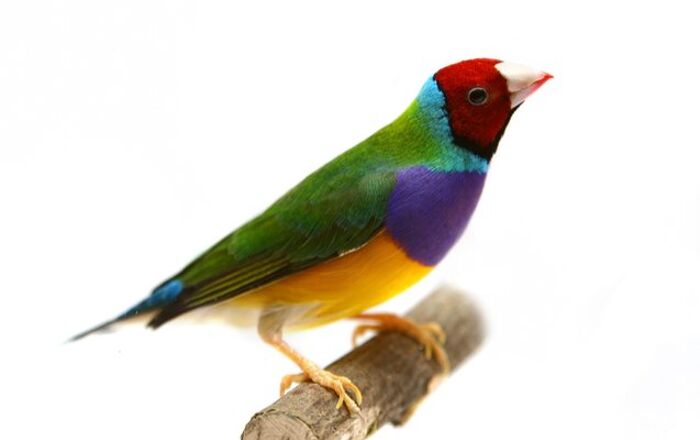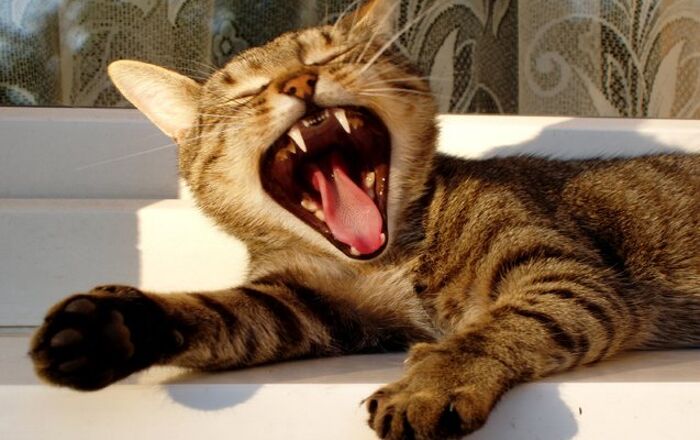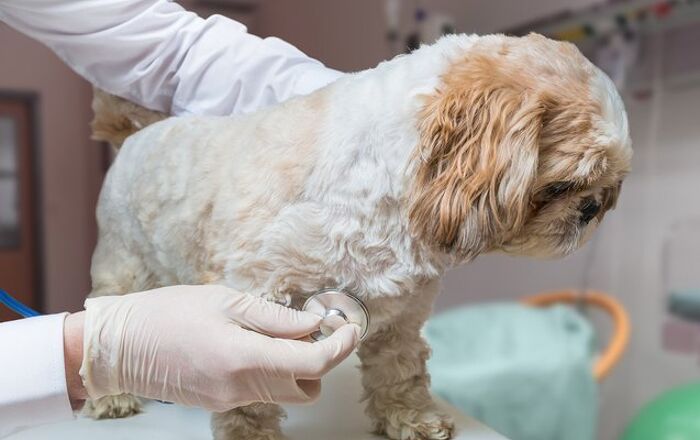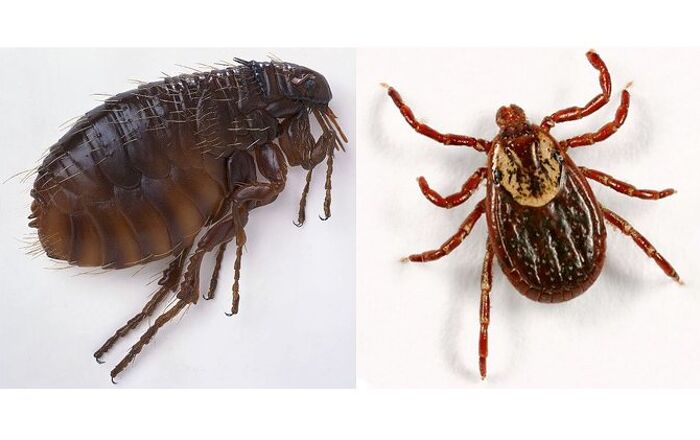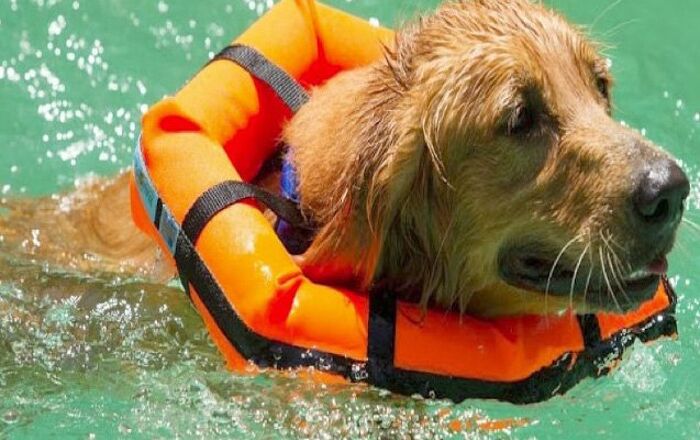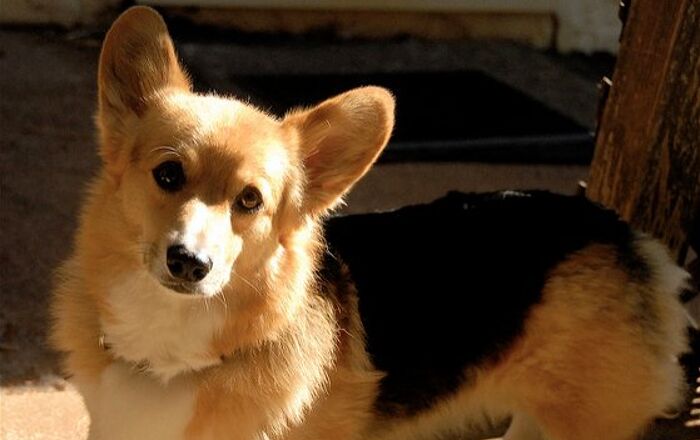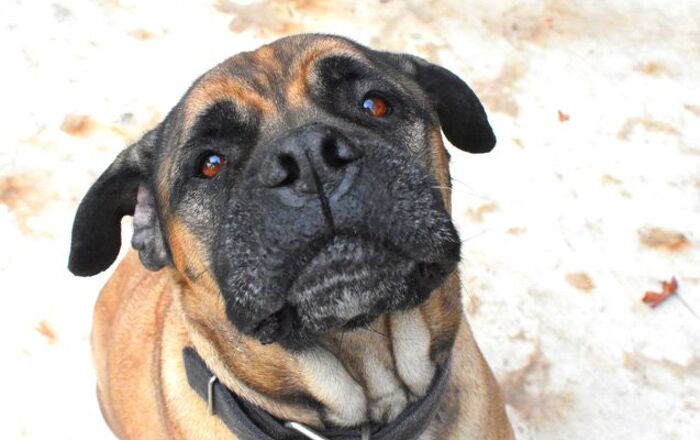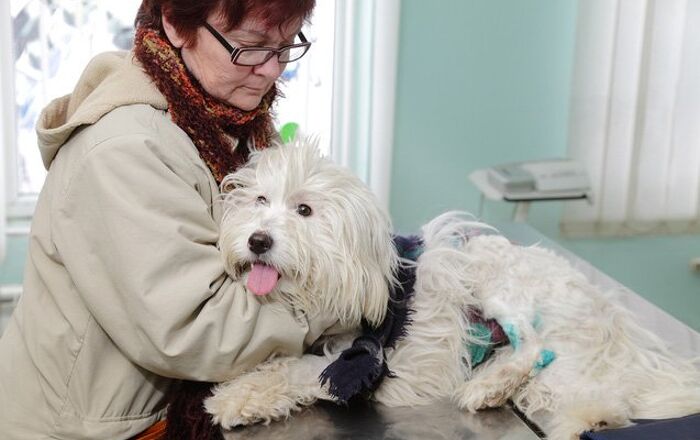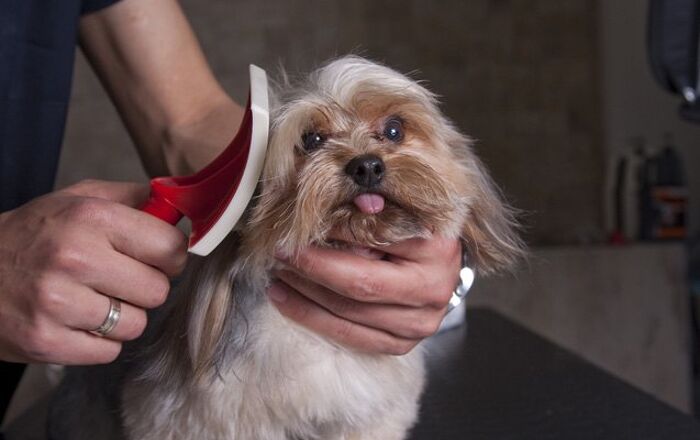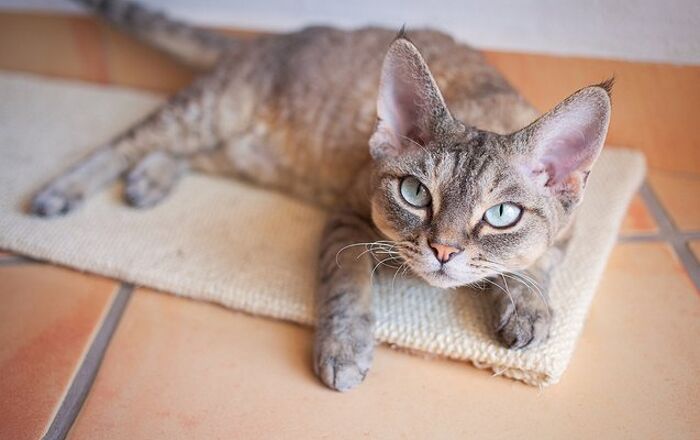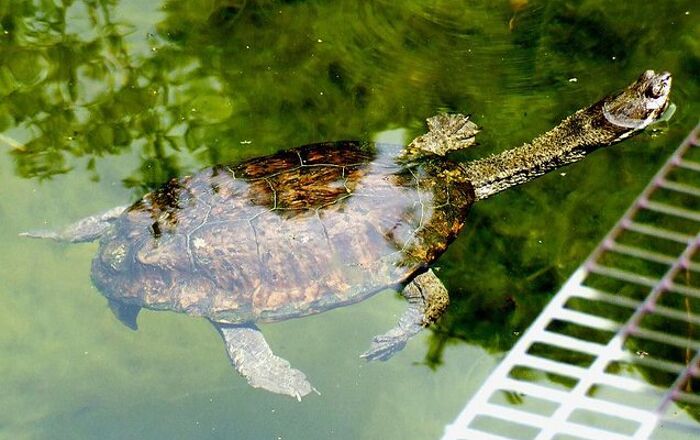
Confused about dog insurance? Here’s a handy list of dos and don’ts you need to know about.
Getting insurance is an important part of responsible dog ownership, especially if you wouldn’t be able to afford a large veterinary bill, should a medical emergency arise. However, insurance can be tricky and sometimes it’s hard to figure out what you need from a policy. If you follow these dos and don’ts, you’ll have Fido fully covered in no time, just in case the worst should happen.
DO: check your policy covers your pet
Some insurers won’t cover dogs that they consider to be “dangerous” or high risk, such as Pitbulls or Rottweilers. You know that Fido wouldn’t hurt a fly, but the insurance company is worried that your precious pooch will injure someone and they’ll have to pay out. Before committing to a certain policy, be sure to double check that your dog isn’t excluded by their terms and conditions.
DO: insure your pet as soon as possible
If your pet has any pre-existing medical conditions, these won’t be covered by your new policy. As such, you should insure your dog as soon as you can while they are still young, so that he’ll be fully covered for any eventuality. It also tends to be more expensive to insure older dogs.
DO: look out for any clauses in the small print
Some policies have certain clauses that might invalidate your policy. For instance, Fido might have to be up to date with all his jabs and have an annual checkup in order for your policy to be valid. Quite often, if you want him to be covered for dental treatment, he’ll have to have a yearly examination of his teeth by a veterinarian.
DON’T: be tempted to gloss over the details
If your pooch has a spotty medical history, it might be tempting to tell a few white lies on your insurance application forms. This is not a good idea. Before you make any claims, your insurer will ask to see a fully veterinary history and if they find that you fabricated any of the details on your application, they won’t pay out for treatment.
DON’T: forget about the deductible
Like health insurance for humans, dog insurance policies usually have a deductible. This is an amount of money that you will have to pay before the insurance kicks in. For instance, if the deductible is $50, and you get a vet bill for $75, you’ll have to shell out the first 50 bucks and the insurance provider will pay the rest. Make sure you budget for this and choose a policy with a deductible that you can afford.
DON’T: go with the first policy you find
There are many companies out there that offer insurance for dogs. As is the case with anything, some offer much better value than others. Rather than going with the first insurer you come across, be sure to shop around so that you’re certain you’re getting a good deal. Think both in terms of price and coverage. There’s no point going with the cheapest policy if it gives you poor coverage and won’t pay out an adequate amount if your pet gets sick or has an accident.
DON’T: ignore third party coverage
Third party coverage is what will pay out if your pet causes an accident or otherwise injures someone. Make sure that your policy includes this kind of coverage, as it could cost you an arm and a leg otherwise. Even if your dog would never intentionally injure someone, he could do so by accident, for instance if he ran out into the street and caused a car wreck. The owner is liable for any damage their pet does, and if you factor in loss of earnings, it could mean thousands of dollars out of your pocket.

Lauren Corona is a freelance writer from merry old England. She specializes in writing about dogs and other critters. Lauren lives near Oxford, with her gorgeous Doberman, Nola. When she’s not tapping away at the keyboard, you’ll find her walking in the woods with Nola-dog, raising money for the Oxfordshire Animal Sanctuary, cooking vegan food, making zines and writing about herself in the third person.
